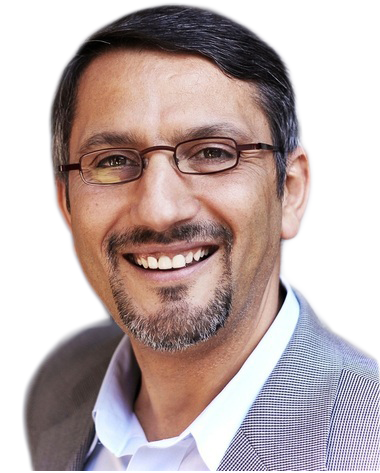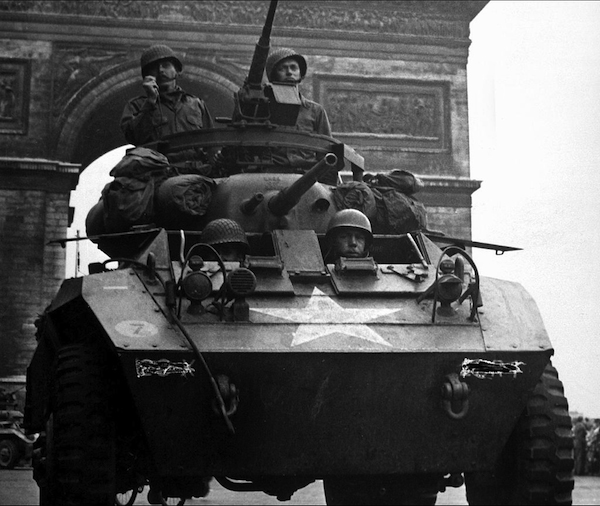Jimmy Makino enlisted in the U.S. Army and joined the famed 442nd Regimental Combat Team, the most decorated fighting unit in the history of the U.S. Military. Makino was born in 1921 in Los Angeles and as a Japanese American was interned at the Gila River Relocation Center in mid1940s Arizona. The U.S. Government interned some 120,000 Japanese Americans after the Pearl Harbor attacks and kept them in camps until the end of WWII, despite lack of evidence of any security threat. Volunteering for the U.S. Army was the only way to escape the camp predicament and “that was my way of getting out,” was how Makino described his decision to join the military of a government that was interning his own community.
In 1988, President Reagan signed the Civil Liberties Act which included an explicit U.S. Government apology to Japanese Americans and a $20,000 financial compensation to each surviving victim. Subsequently, the Civil Liberties Act was added to the National Archives and was put on display right next to the original Executive Order 9066 that authorized the internment.
The Japanese American experience in WWII, in some areas, resemble what the Muslim American community is going through at this time. Muslims are under suspicion, guilt by association, and intense government scrutiny of every aspect of their daily lives. Immediately after the attacks of 9/11, I wrote of Muslims being subject to a ‘virtual internment’ structure, whereby collectively the community is subject to the same monitoring and controlling conditions found in WWII camps while not being confined within a space.
Increasingly, “integration” of Muslims in American society is mirroring that of the Japanese in the camps where “volunteering” for the security institutions is the measure of one’s membership in the society. As ‘virtual internment’ intensifies, so will the need for more community insiders to implement the security system and the total monitoring program.
Here, “integration” is carried out through securitization of the community. What is securitization and how is it differentiated from normal policing and serving community needs? The term securitization is used extensively in international relations and it describes the process of state actors transforming subjects into matters of security and existential threat. Securitized subjects receive disproportionate security attention and massive resources are deployed to govern their movement and regulate participation in the “normal” affairs of society. In their book, Security: A New Framework for Analysis, Barry Buzan, Ole Waever, and Jaap de Wilde point out the purpose of securitization studies is to identify “who securitizes (securitizing actor), on what issues (threats), for whom (referent object), why, with what results, and not least, under what conditions.”
In today’s America, Muslims and Islam are securitization subjects. This process is not unique to Muslims as African Americans, Native Americans, Asian Americans, and Latinos are in distinctive ways and structures, experience the same securitization regime. African Americans in crime and drugs, Latinos on immigration, Native Americans for land rights and sovereignty claims, and Asian Americans on spying for technological secrets, all are treated as securitization subjects by the State.
“Integration” becomes meaningless within securitization since membership in society is curtailed by security structures and a system of “negotiated” rights and privileges are used to control and modify behavior. Here, citizenship is equivalent to an inmate’s cell and citizenship rights boil down to controlled conduct in the prison which is governed by the guards.
In the same way that interned Japanese had one way out of the camps, Muslims are given one golden ticket out of the ‘virtual internment’: join the securitization structure that govern your community. On a regular basis, organizations, Imams, and leaders call on community members to join security agencies as a way to become integrated into American society. At times, the weekly Friday sermons and/or monthly community gatherings are overtaken by public relation encounters with FBI and Homeland Security agents who are both recruiting and mapping the community for the securitization program. The constant refrain from community leaders and imams who already internalized the ‘virtual internment’ structure is, “If you have nothing to hide then you should be open to these encounters.”
On more than one occasion, the San Francisco Bay Area Muslim list serve received job announcements from security agencies and forwarded by community members who emphasized that this would be a great opportunity for “integration” into American society. Similarly, it has become customary at Muslim and Arab national conventions and gatherings to have securitization agencies recruiting tables prominently positioned in the halls, which for some is a sign of inclusion and acceptance. Consequently, Muslim “citizenship” is governed by a securitization structure, whereby it creates a separate categorization from the broader society and “normative” constitutional rights and privileges are regulated by security agents. “Integration” through securitization leads to structural disenfranchisement and collective disempowerment. Because individual participation in the security apparatus is predicated on affirming the transformation of Muslims as a class into securitization subjects.
While Makino had his ticket out of the camps, Muslim participation in the securitization apparatus will not lead to equality and full membership in American society. In the same way that African American participation in the securitization of their community has not, up to this point, lessened racism, stop and frisk and daily structural violence. Equality, dignity, and freedom for American Muslims are predicated on resisting the securitization apparatus while insisting that individual rights to pursue one’s God-given potential is not manipulated to negate the possibilities of future horizons.


